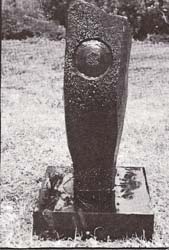
I’d rather learn from one bird how to sing than teach 10,000 stars how not to dance.” –Last two lines from the e.e. cummings poem, You Shall Above All Things Be Glad And Young
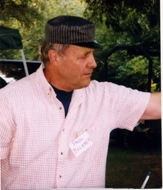
Paul Buckner’s lectures on figure drawing were for years a standard feature of the Silver Falls Symposiums. Sharing his understanding of the human body and how to carve it in meaningful and creative ways helped so many of us develop our own fundamental approach to stone and the skills needed to carve it.
He was a joy to have on the field as well. Standing quietly to the side, wearing one of the hats he sewed by hand, Paul was a resource not to be passed up. He helped and charmed me many times by making his professorial instruction sound like nothing more than a friendly conversation between two equal artists.
Paul still lives in Eugene, Oregon, in the same house he and his wife Kay built shortly after they came to the University of Oregon in l962. As you will see in the next issue of Sculpture NorthWest, Paul is still active in the art world, completing commissions and doing the art that he loves to do.
I was lucky enough to talk with him for an enjoyable afternoon the other day. About an hour after I got back home, he called me with the e.e. cummings quote at the top of this page. He had recalled it pretty well during our talk, but wanted to get it exactly right. I’m glad he did. Paul thinks of the above lines as a nut shell version of his approach to art. Paul Buckner has always been an optimist, looking for and finding the positive elements in everything around him.

Born June 16, l933 in what was then the small Seattle district of Ballard, Washington, Paul cannot remember a time when he did not think of art. His two earliest memories are about art. One was the scary faces on a totem pole sticking out of a well where vandals had thrown it. The other was of the Michelangelo pictures in the encyclopedias of a neighbor in “The Gulch” at the South end of Elliot Bay, in Seattle.
From his earliest years in grammar school, Paul was the one who did the art for school projects and events. He’s not quite sure how it happened, but at this point in his life he learned to rely on his own artistic instincts and to not be hurt or discouraged by the unfavorable opinions of others. Because he considers it one of the most valuable lessons in life, Paul has never stopped trying to teach students of all ages the art of self- evaluation, free from the constrictive world of other people’s expectations.
Following high school graduation in West Seattle, Paul entered two years of study at the University of Washington where he joined the Air Force ROTC. Upon graduation he would have been commissioned as a second lieutenant pilot. Since the Korean War was then in full swing, his chances were good to be sent there to fight the war from the air. Deciding he didn’t want to drop bombs on anybody, Paul quit school and the ROTC to enlist in the US Coast Guard. As luck would have it, the very day he left for Coast Guard training in California, his draft notice arrived, a few hours too late.
So, instead of going to Korea, he went to Alaska and Astoria. By the end of his four-year enlistment, the Korean draft had ended, allowing Paul to return to his studies at the U of W under the G.I. Bill.
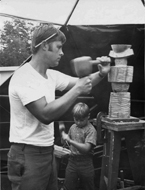
This is where he met Kay. It was in a small café….They were married in l959 at her parent’s home in Seattle.
They went on to finish their art studies together at the U of W, he in sculpture, she in painting. The happy couple then moved to Southern California where they, again together, attended the Claremont Graduate School on fellowships. While living in Claremont, their first son, Matthew, was born, growing up to be a sculptor and an art professor like his dad.
Somehow, in the middle of all this, Paul found time to apply for a Fulbright scholarship, though Kay did the real work of typing up the stack of application forms in quadruplicate (without carbon paper). Since it would require a year of living in London, the three of them boarded the SS Queen Elizabeth for the ocean crossing. The young couple enjoyed their year in London; Kay with young Matthew and Paul with the Slade School at the University College of London. With the completion of his Fulbright, Paul brought his family back to the states to begin looking in earnest for gainful employment to support his family.
It was now l962 and with lots of applications sent out, Paul took the first job he was offered: a summer session of teaching at the U of W. He hadn’t been there long before a letter arrived from the University of Oregon in Eugene. Paul was invited down to look at, and to be looked at by, their art department.
Paul ended up taking the job, and thus began his 36 years at the U of O. It was another busy time, which got even busier with the birth of their second son. Nathan is a natural musician who began strumming the guitar at three and is now a performing musician and, of course, a professor like his dad.
Editor’s note: In the John Pugh story in our July/August issue, you’ll see that it was just about this time (1967) that John began selling stone to U of O students. Paul remembers a tall and talkative John driving onto campus in his loaded down Willies Jeep. This went on for 20 years. Small world, huh.
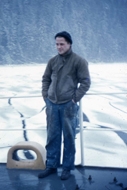
During his long and productive career at the University of Oregon, Paul started many new programs. He recalls that his creation of the University’s first bronze foundry wasn’t nearly as difficult as convincing the powers-that-be to allow a daylight class with a live, nude model. Paul fought the morality battles and won; figure drawing and modeling became an optional part of the basic student curriculum.
Early in his tenure at the U of O, he and Kay bought a piece of ground in South Eugene and built an extraordinary house. Tucked back into a narrow, tree covered lot; one can’t see the house from the street. When you walk in the front door you begin to realize that you are in a house made entirely of wood. Much of Paul’s art has emerged from wood, it’s a material he knows and loves. The entire upstairs was left as one room, though the architect argued against it. I’m glad the architect lost. With three 13 foot tall windows in the east wall, and a wall of closets to the west beneath clearstory windows, the great room serves as a painting studio for Kay and a gallery for both Paul and Kay. Oh yes, it’s a rather grand living room as well.
A visitor to this room can have difficulty focusing on any one thing because one’s eye continuously moves from one fascinating piece to another. The wall space is filled with Kay’s large, canvas oil paintings and all horizontal surfaces not made for sitting are covered with Paul’s clay, wood, metal and stone sculpture – including the grand piano. With the furniture being all treasured or antique wood and fabric, the place has the warm feel of a personable and comfortable museum.

And, of course, while busy with all the work of building a house and his full time jobs of husband and father, Paul managed to create himself as the consummate and dedicated teacher. Following his promotion to full professor, he was able to envision and develop every class he subsequently taught at the U of O. Figure Study and Anatomy for Artists were two of the big ones. And though he did answer some of the “Call to Artists” of his time, he refrained from answering the in-state calls, not wanting to compete with Oregon’s commercial artists. Maybe you didn’t know that Paul Buckner is a hero with super powers. Some of those powers are thoughtfulness for others, gentleness of spirit and a fairness doctrine second to none.
The new millennium brought retirement from teaching for Paul – almost. He has, since retiring, held open figure study sessions every Friday night at Lane Community College just south of Eugene. I attended on a Friday night this last August, discovering that eight to twenty people come to do clay sculpture or drawings of a live, nude model. Paul knows this is the right way to study the human figure. After five evenings the model changes poses and the students begin again.

An added treat for these evenings is Paul’s reading aloud. Yes, listening to Patrick O’Brian’s twenty volume Master and Commander series is just another wonder that comes with being a student of Paul’s. Nine years ago they started with book 1 and are now about half way through book 17, titled Commodore. Several of today’s students have been there since the beginning, and so have gotten to know Navel Officer Jack Aubrey and ship’s surgeon Stephen Maturin rather well. Can you think of a better way to work your way through this hugely popular and fascinating series?
Editor’s note: In our next issue: Paul Buckner the Artist.
Throughout his life, Paul has kept faith with his childhood idea that artists must not only do their own art, but must also trust their own evaluation of it. At the end of my visit with Paul, he left me with this quote. “You have to trust yourself to believe in what you’re doing and that it’s worth doing. If you feel joyful while doing it, it will always be worth doing.”

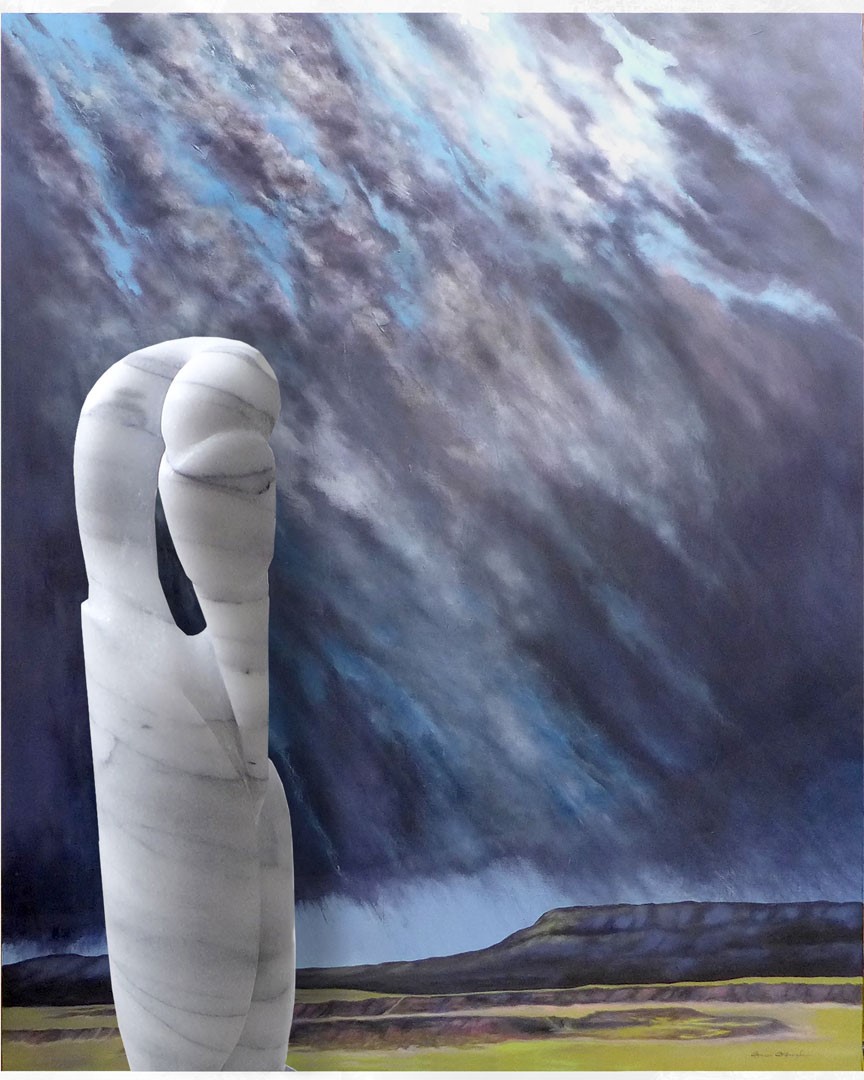
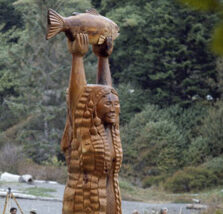

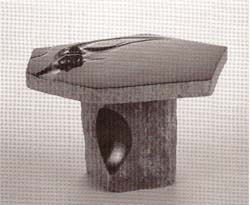
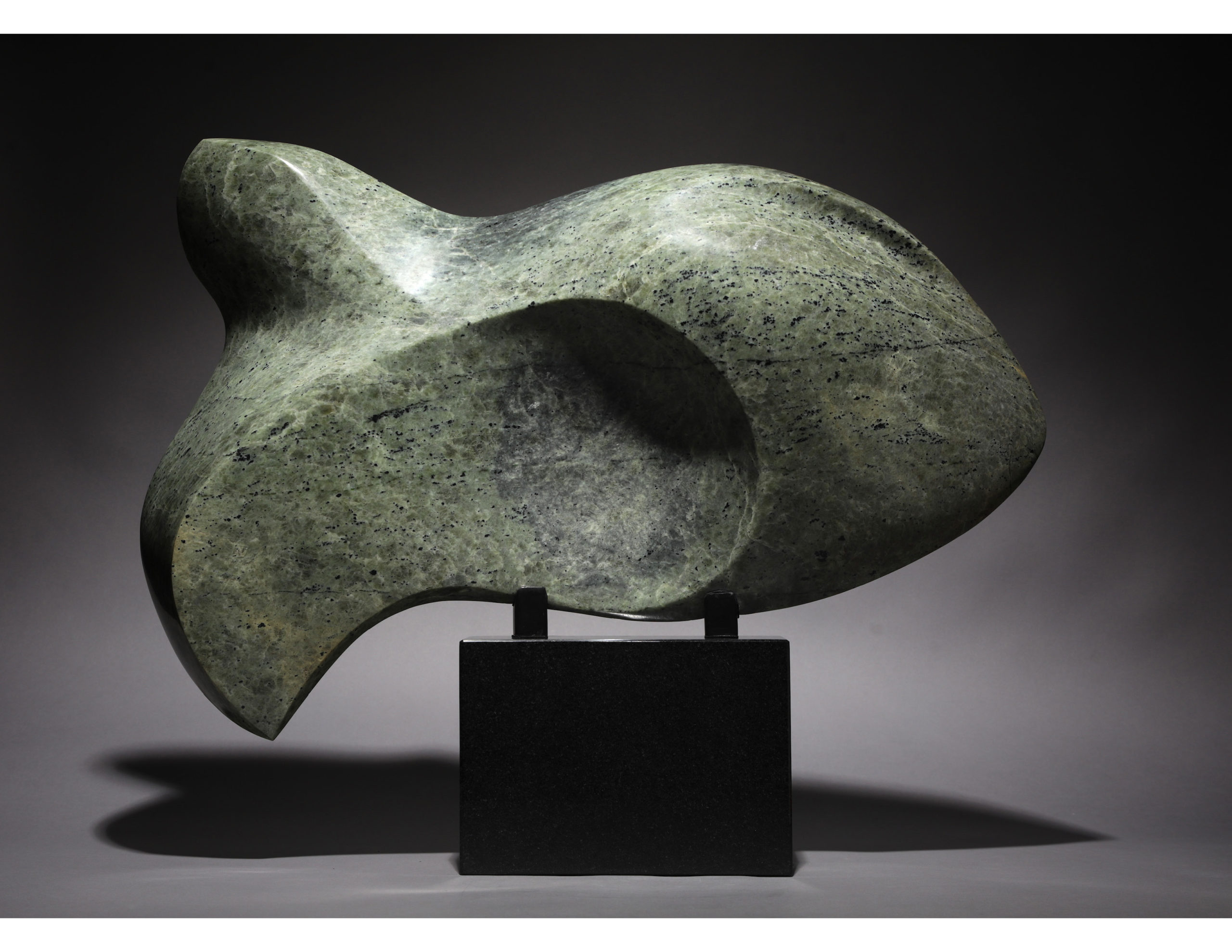
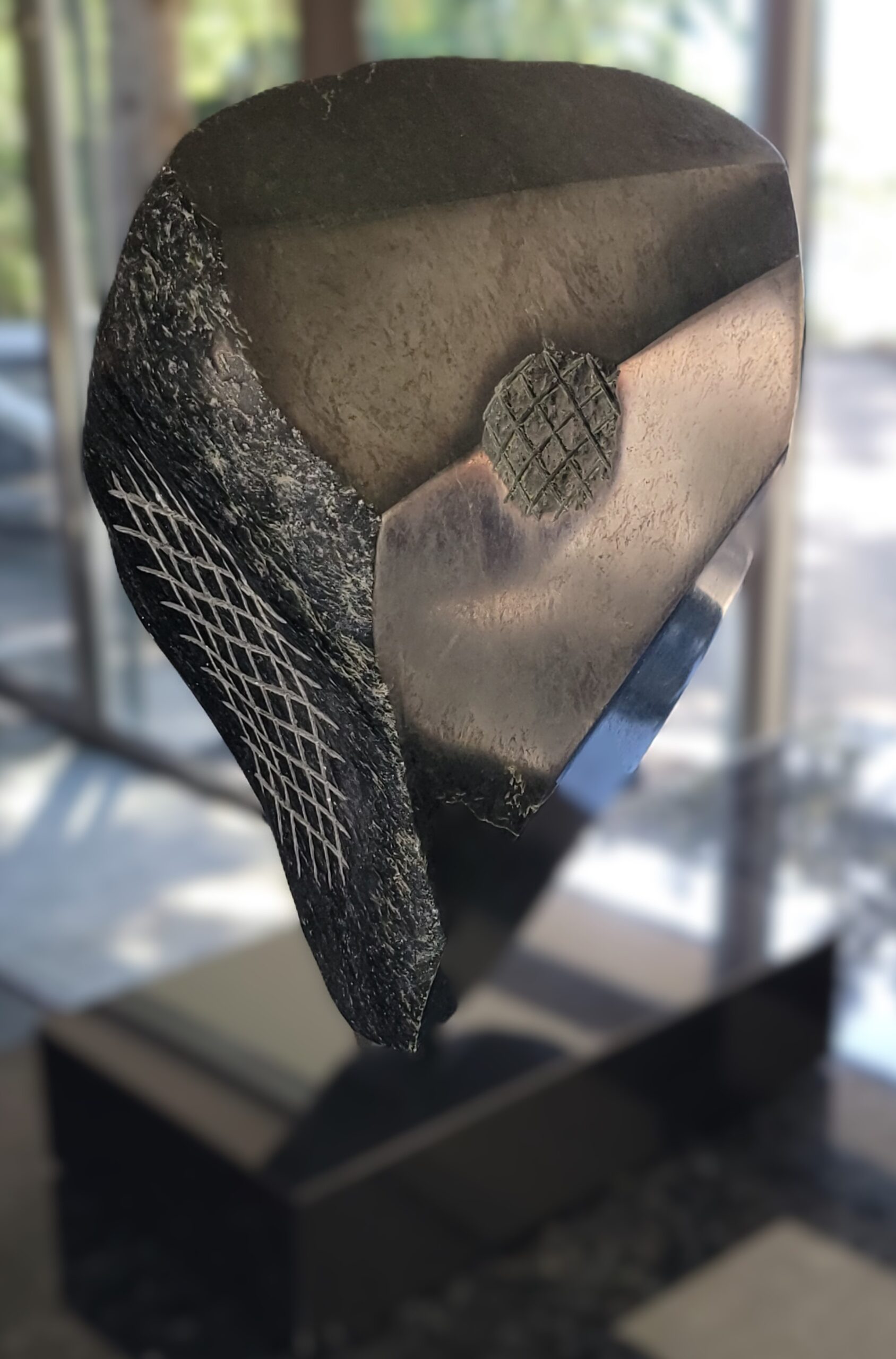

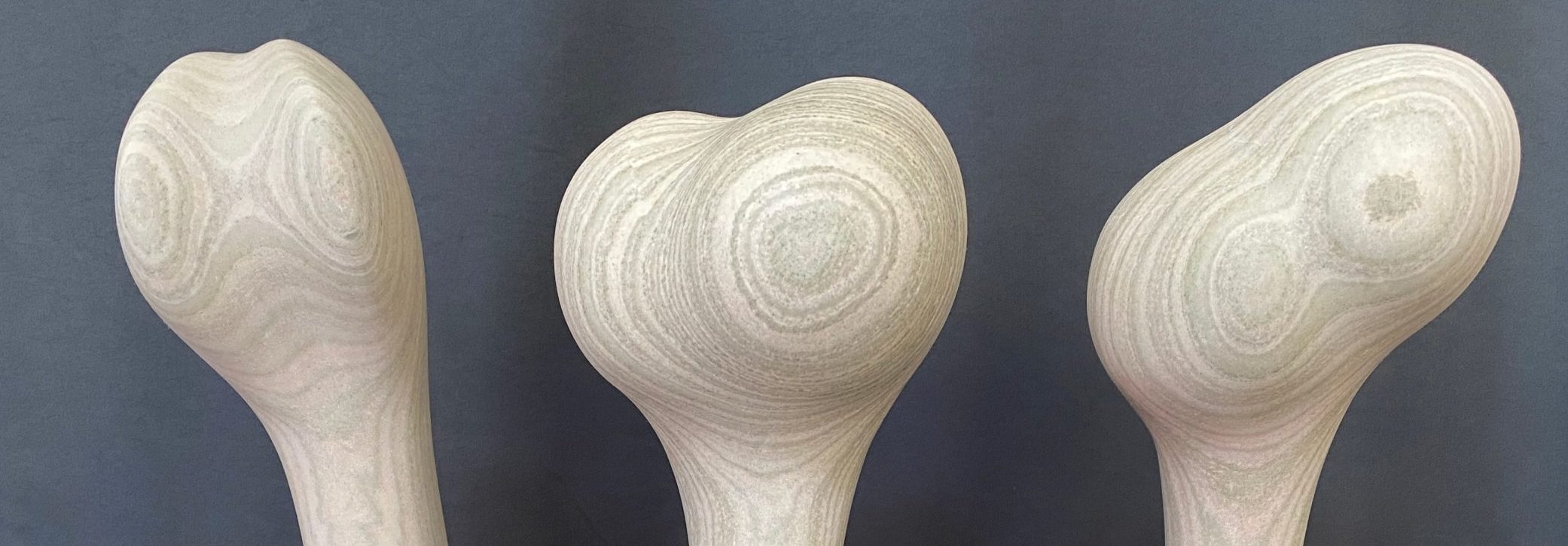
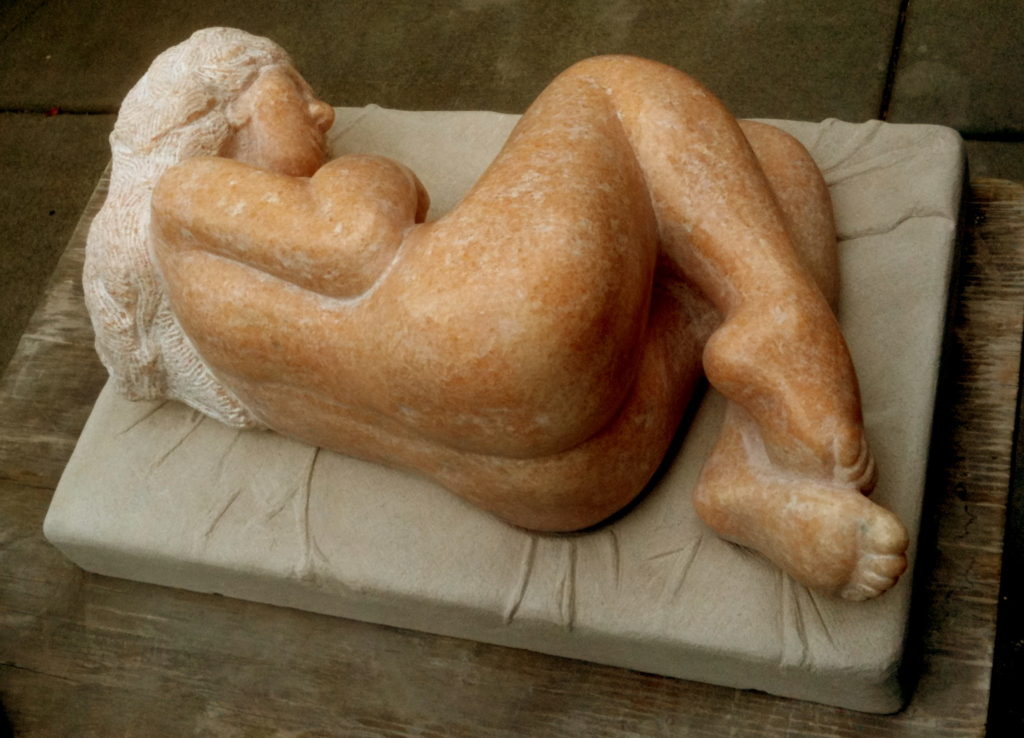

We need some kind of descriptive text here.